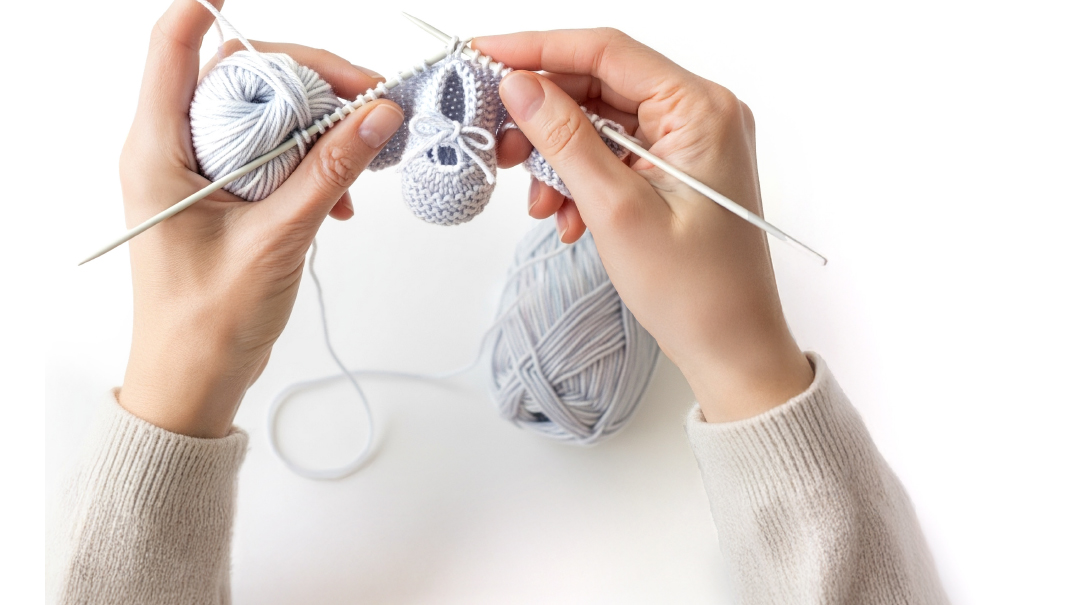He Said, She Said
| March 8, 2022We follow a typical frum family on Purim and see just how much men and women are on different communication planets

Have you ever felt that even though you’re speaking the same language as a man, you’re really not speaking the same language at all? We joke about the differences between the genders, but when it comes to communication, it’s no joke. Women were given nine measures of speech, and it looks like each measure is very different from the single one given to man.
Let's follow a typical frum family through the day of Purim and see just how much men and women are on different communication planets. In the spirit of Purim, we present it as a play in six acts
Act One
Everyone is finally home after hearing Megillah, and the house is on wheels. A miniature policeman in a blue costume complete with walkie-talkie, badge, handcuffs, and hat is conducting an unauthorized investigation of who sent the best mishloach manos.
An even-smaller kallah is hiding under the table, helping herself to a bag of chips from the “extra nosh to give out if more people come than anticipated” box.
Running around the house are a clown and a soldier, and a little bumblebee is crawling on the floor between the discarded bags and boxes, babbling happily to herself.
He says: “What on earth…?”
She says: “Oh, my little Devorah’le! Who’s soooo cute? Who, who, who? You are! My shmushy cutie ootie! You are very, very, verrrrrry cute!”
She picks up her baby and gives her a hug and a kiss on her chubby cheek, just as the clown and the soldier collide, knocking each other down and bursting into tears.
He says: “Don’t be so wild!”
Holding the clown and soldier close, she says: “Oy zeeskeits! Are you both hurt? You’re so, so sad? Where are your boo-boos? Should I kiss them? Here you go! Is that better?”
What’s the translation?
Research has shown that mothers communicate more with their toddlers and young children than fathers do. And when fathers do communicate, it’s with more direct requests (“Give me the ball”), more wh- questions (“What are you doing?”), more prohibitions (“No, don’t touch that!”), and more requests for clarification on what the child is saying (“Huh?”) than a mother.
Research has also shown that, in addition to communicating more with children, women are also more likely to take liberties with language, either using nonsense words or stretching an existing word out of shape. “Sweetie” can become “Sweeeeeetie,” “Sweetieeeee,” “Sweets,” “Sweetums,” — you get the idea.
Linguist Robin Lakoff’s book, Language and Woman’s Place, published in 1975, is credited with introducing many ideas about women’s language to the field of sociolinguistics. While today, many of these observations are mainstream, at the time, her observations were groundbreaking.
Lakoff identified ten different patterns of female speech. One of these patterns was the tendency to “speak in italics.” Women also include more words like “so,” “very,” and “quite,” using tone of voice to place further emphasis on these words.
Oops! We could not locate your form.






